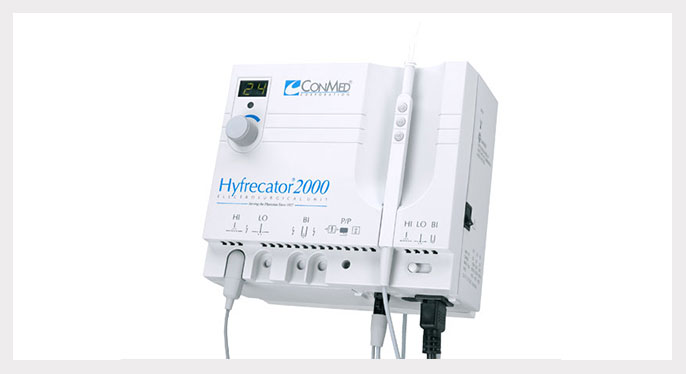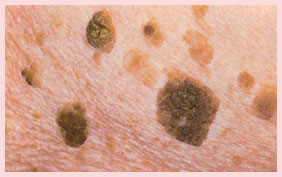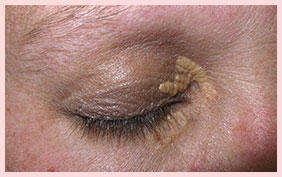Dermatosurgery is a modern method of removing all kinds of skin lesions
(warts, papilloma, soft fibromas, keratosis, xanthelasma…) in a fast and reliable manner.
At the Kirei Aesthetic Centre each lesion is completely removed with a single procedure
by use of the Hyfrecator electrosurgical unit, without relapse and scars.
The most efficient removal of warts and other growths using the Hyfrecator 2000
Thanks to the American unit Hyfrecator 2000 and long experience of our doctors at the Kirei Aesthetic Centre you can quickly, easily and safely remove different types of skin growths. In only few minutes you can get rid of the warts in a completely painless way on any body part, including the face, regardless of their number and size.


FAST

RELIABLE

PAINLESS

WITHOUT RELAPSE

WITHOUT SCARS
How does the procedure of removal of warts and other growths look like?
The procedure which is performed after previously applied local anesthetic takes effect, is brief and lasts only from few seconds to several minutes, depending on the size and number of the lesions on the skin. After removal, at the areas where the changes were located short-term redness will appear and in the following 24 hours a shallow, dry crust will be formed, which will fall off in a few days. After the procedure the client will be instructed about the adequate home care and prevention.
BOOK FREE CONSULTATIONS BY PHONE
+381 60 02 77 043
BOOK AN APPOINTMENT
What types of growth we are removing with the Hyfrecator 2000?
At the Kirei Aesthetic Centre we are treating different types of skin growths, and this is how you can recognize them:
Warts
(Verrucae vulgaris, Verrucae planae) – skin growths, rougher than the surrounding skin on the touch with uneven surface, most usually skin colored. Warts are caused by the Human Papilloma Virus (HPV). They can be darker, located at the skin level or even smooth.
Sebaceous hyperplasia
(Hyperplasio saebacealis) – a benign, relatively common disease of the sebaceous glands that is most common in adults. These are whitish changes above the skin level which can typically be found on the nose, cheeks and forehead, less commonly, elsewhere on the body.
Papilloma
(Papilloma cutis) – also known as “hanging warts“, most commonly seen on the neck, in the armpit region, upper torso and eyelids. They can be mushroom or cone-shaped, size from 1 to 3 mm, their color may be ranging from normal skin to dark brown hue. Predisposing factors for the development of papilloma include obesity, hormonal disbalance, and chronic irritation. Since they are caused by a virus, there is a possibility they will spread across the body from one site to another on their own, as well as of their transmitting.
Actinic keratosis
(Keratosis actinica) – surface lesions seen at the sun-exposed regions - face, chest, hands, ears, scalp in bald men. Actinic keratosis are considered pre-cancerous changes which have the potential to develop into a spinocellular carcinoma, and that is why they should be treated. They are typically seen as one or several small red or brownish spots (maculae) on the skin, often flaky on the surface.
Seborrheic keratosis
(Keratosis seborrhoeic) – benign lesions on the skin which tend to appear in the middle aged and elderly people. They appear as round and oval maculae, clearly defined, yellowish and brown color. They gradually turn into elevated papilloma-like lesions reaching up to two-three centimeters. These lesions usually occur in multitudes, often symmetrically distributed in the regions of the face, chest and back, but also on the skin of the abdomen and large creases.
Xanthelasma
(Xanthelasma Palpebrarum) – yellowish deposits in the form of plates around the eyes. It was previously thought that xanthelasma is caused by elevated levels of cholesterol in the blood, but it has been proven that there is no such direct correlation and causal relationship, and that is a genetic predisposition that plays the key role. These deposits are removed by a single procedure that takes from10 to 20 seconds, absolutely painless, not causing bleeding, leaving no scars and without relapse.

Papilloma

Seborrheic keratosis

Xanthelasma




 Viber chat
Viber chat